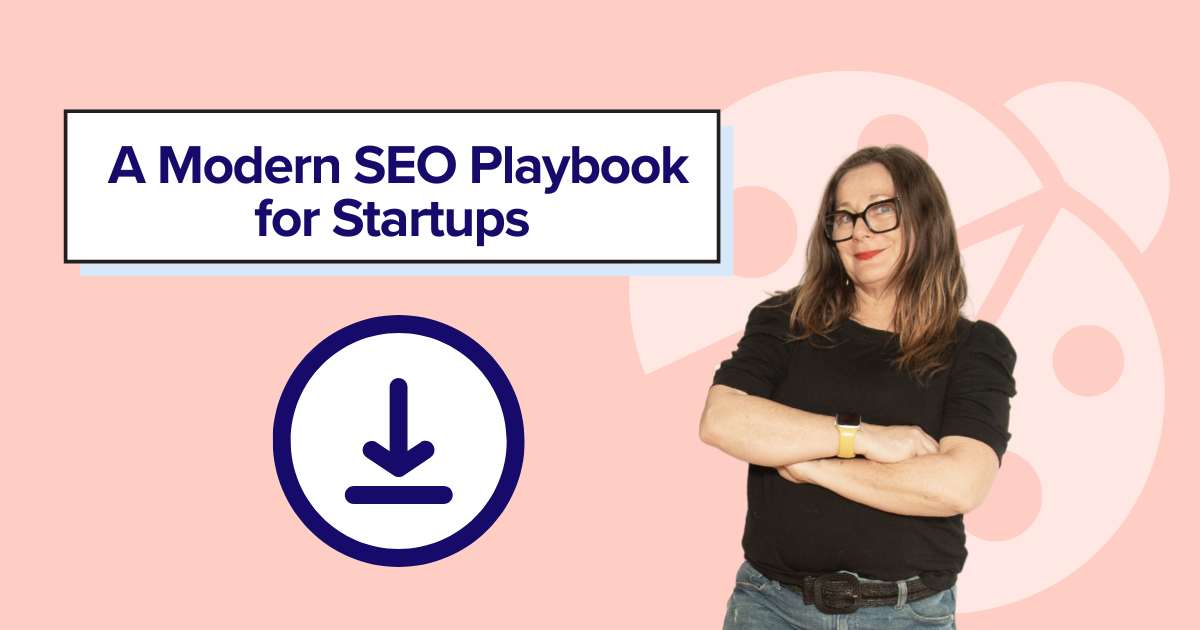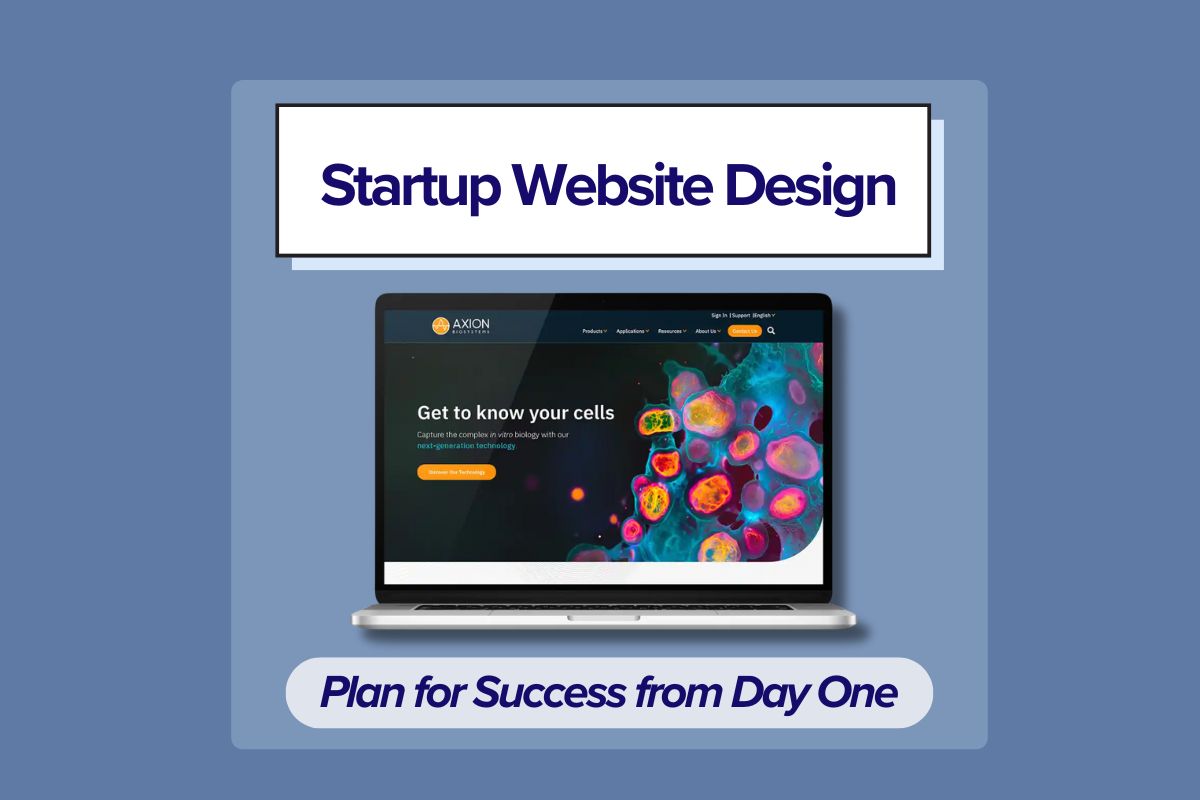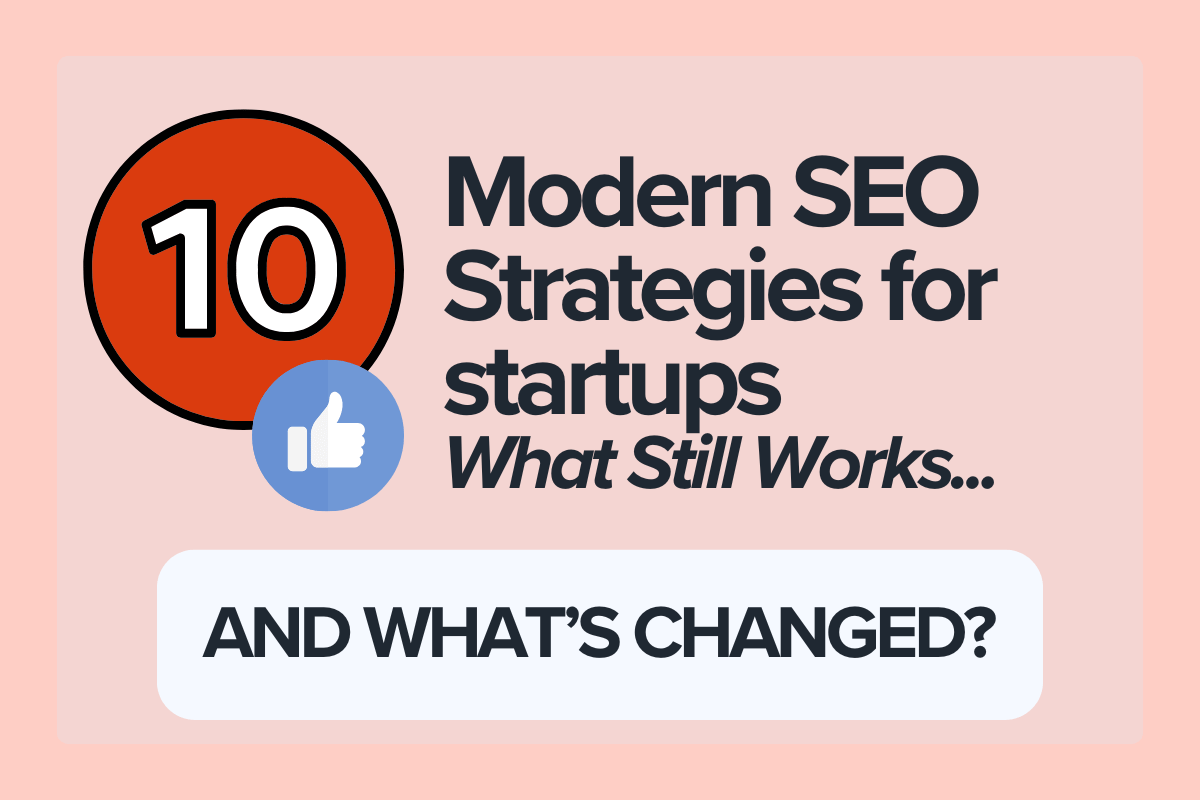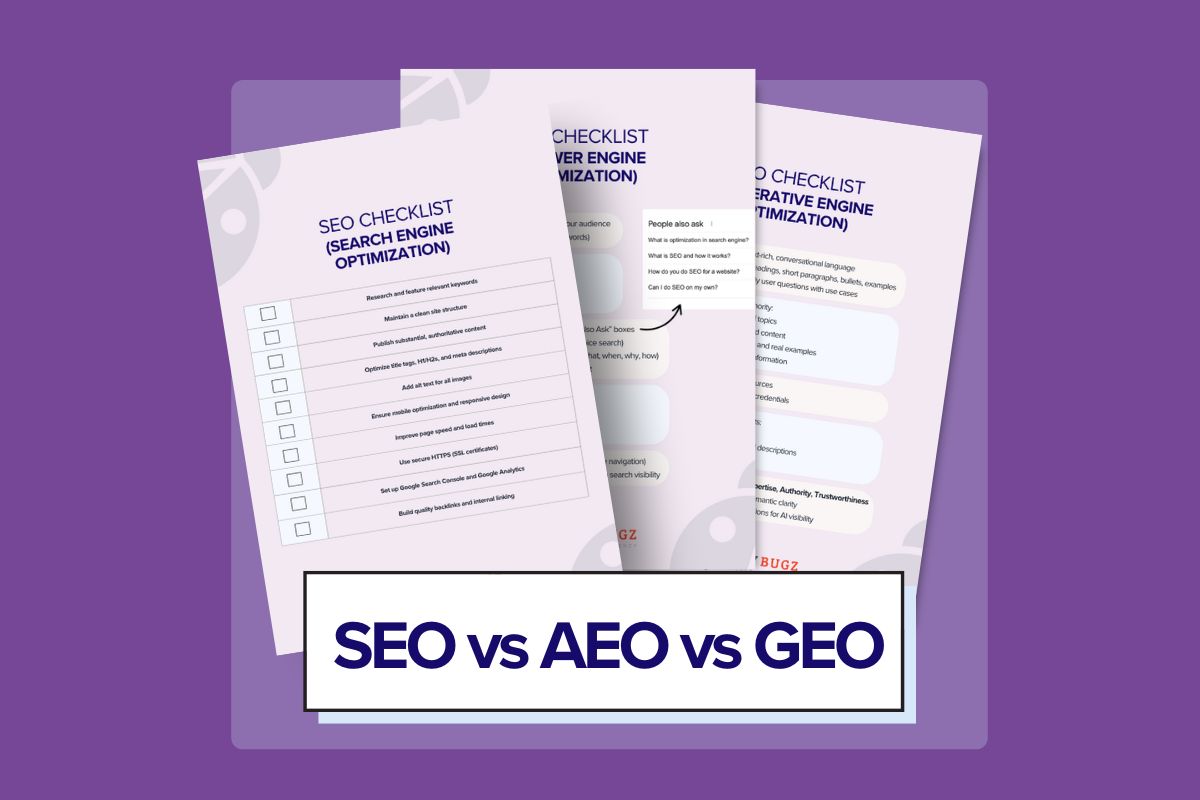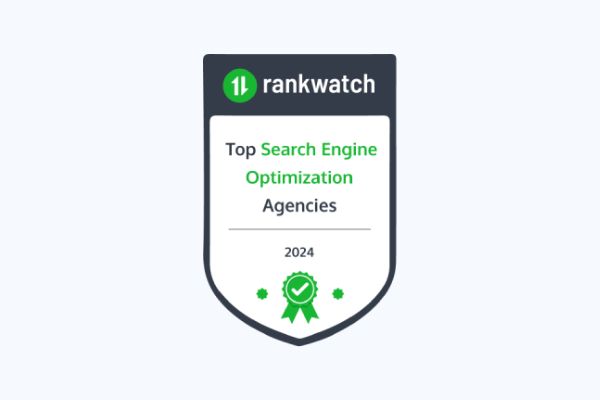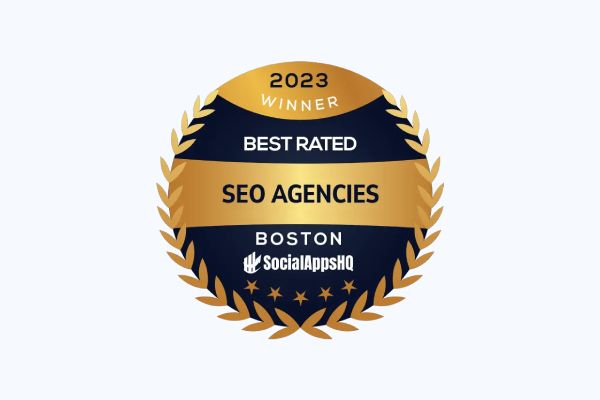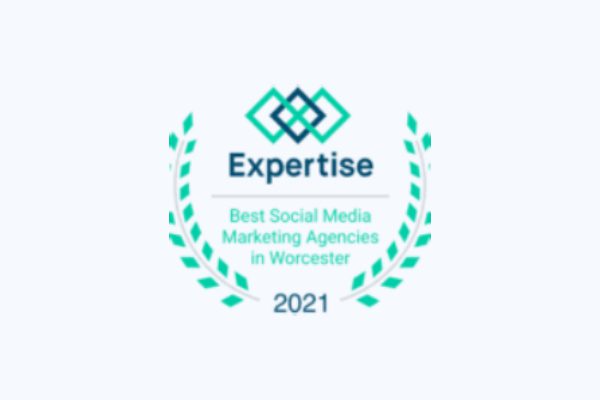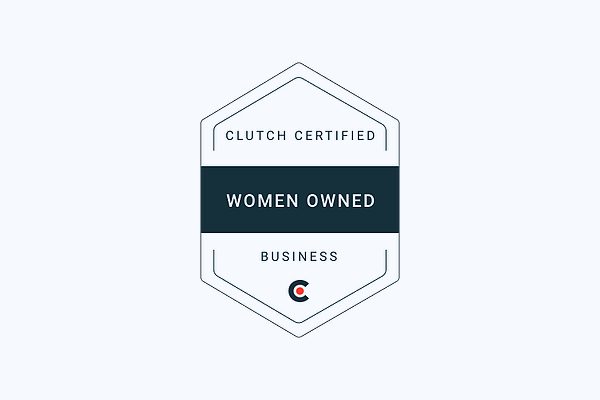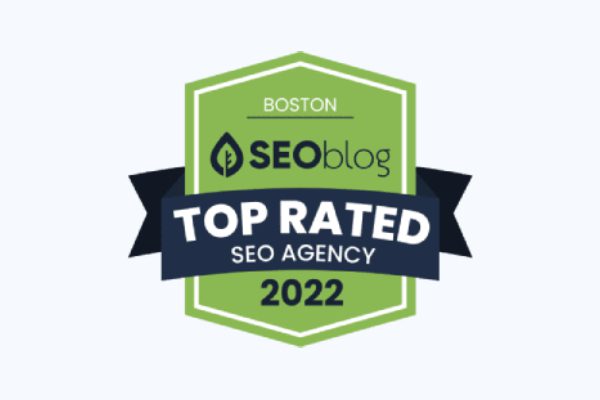Your website is often the first impression your startup makes, and it can make or break your brand. Modern startup website design isn’t just about looking good; it’s about building credibility, ranking in search, and turning visitors into customers.
There are many reasons why your website will take center stage. It plays a significant role in establishing your brand, building credibility, and attracting customers. But having a website doesn’t matter if no one sees it. It’s also meaningless if people click on your website but leave immediately. The way to make your website count is two-fold. First, be seen in search results. Second, encourage people to engage in your site.
Designing a startup website requires a balance of branding, functionality and user experience elements. Additionally, the site must be optimized to appear on Google search results pages. This article covers the top priorities for creating or refreshing a high-performing website.
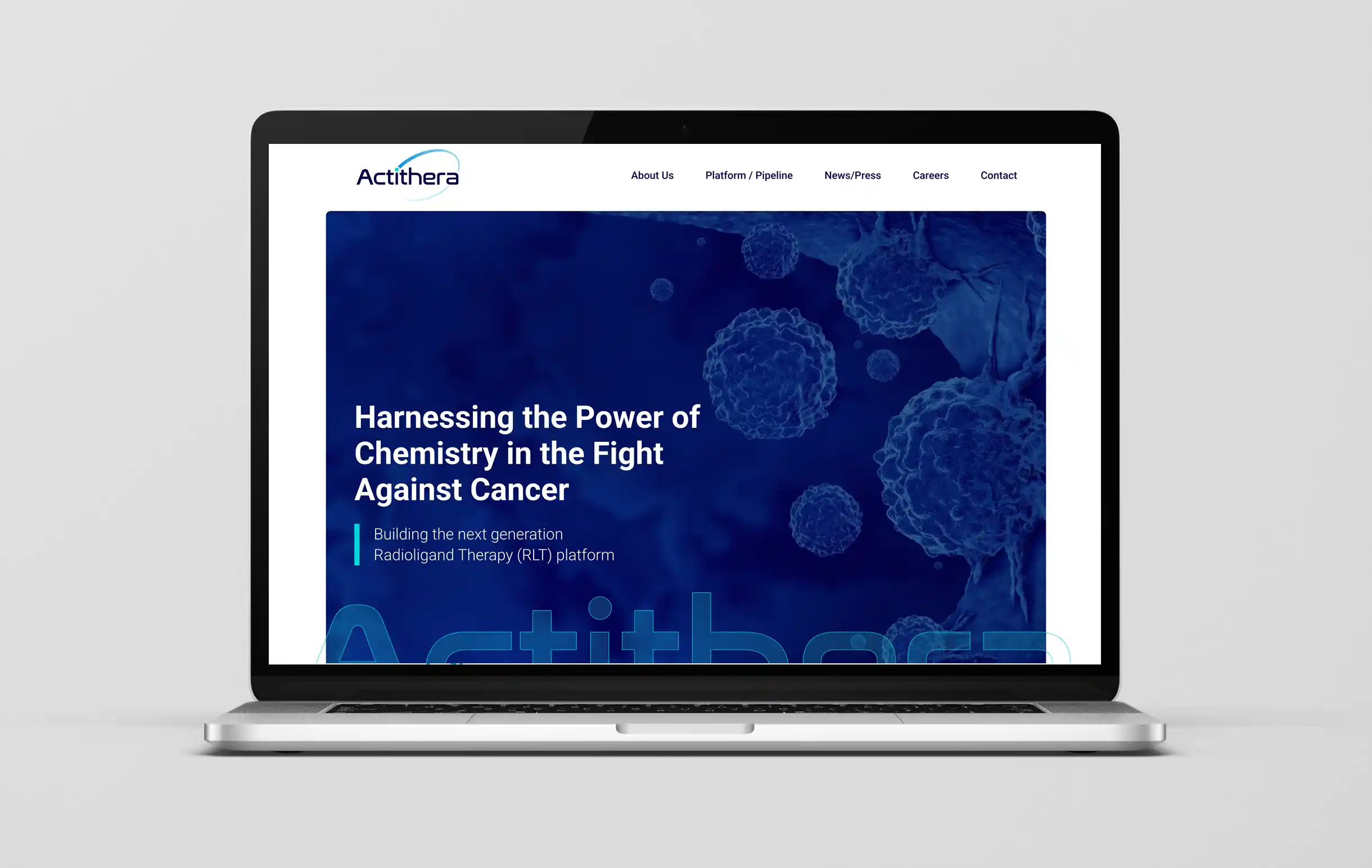
Startup website design goals: plan for success from day one
The very first step is to define clear goals for your startup’s website design. What do you want your website to accomplish? Examples of high-level goals may be generating leads or selling products. Once you determine the website’s job, you can plan strategies that will align with your business goals.
Let simplicity and clarity guide web design for startups. Did you know that 94% of first impressions are related to design? Start by keeping your startup web design. There’s no benefit to going crazy with\ all the bells and whistles. In fact, overly designed sites confuse and tire readers. Instead, focus on creating a look and feel that reflects your company’s style and values. Think carefully about the use of color, typeface, images, and other design elements.
Complement design elements with usability. Include plenty of white space to prevent eye fatigue. Divide pages into sections that present information in a logical flow. Make it easy for users to find (and click on) calls-to-action (CTAs) that encourage them to convert. This may mean making a purchase, filling out a form, or downloading an ebook.
Clear branding and messaging make your startup website unforgettable
Branding:
As a startup, your website design must establish your brand. You’ve seen messy websites where every page looks different. It looks disconnected, unprofessional and forgettable. Consistently applied branding elements define your look and reinforce your brand. Key elements to create a solid look and feel include:
- Brand personality
- Logo, colors, and typography
- Page design and visual approach
Messaging:
Use a consistent tone (professional, friendly, creative, etc.) throughout your website. All content should reflect who you are, what services or products you provide and why you are better than your competitors:
- Place your tagline consistently on every page.
- Display a clear value proposition above the fold.
- Create all written and visual content that reflects the brand.
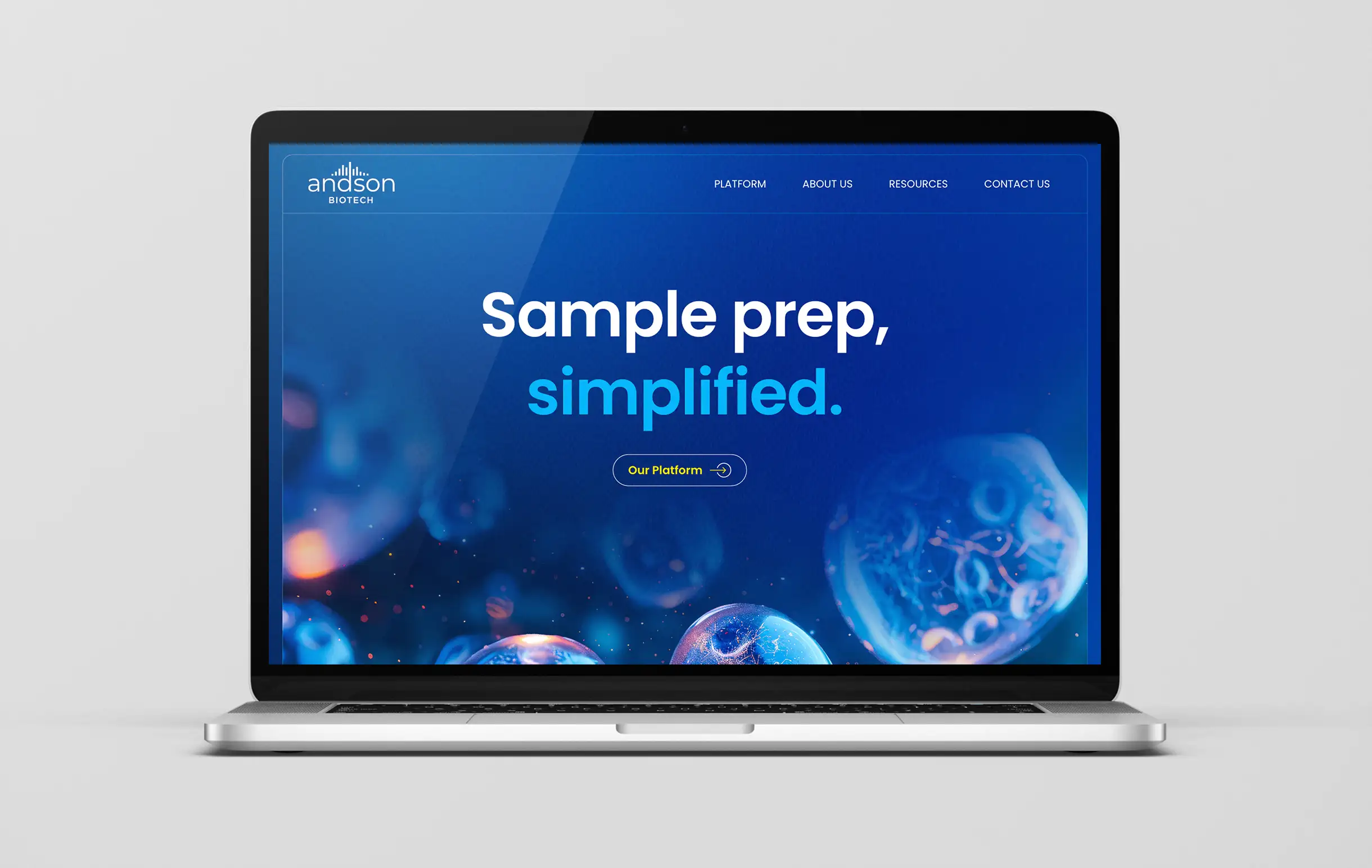
Why a Content Strategy Is Essential for Startup Websites
A familiar saying in SEO is “Content is king.” Users appreciate clarity and scannability. Logically organize subheads. Include focus points like bullet points and numbered lists. With voice search becoming increasingly popular, consider adopting a conversational approach to language. Prioritize your homepage with a clear value proposition and focus on top-of-page content that encourages users to take a deeper dive.
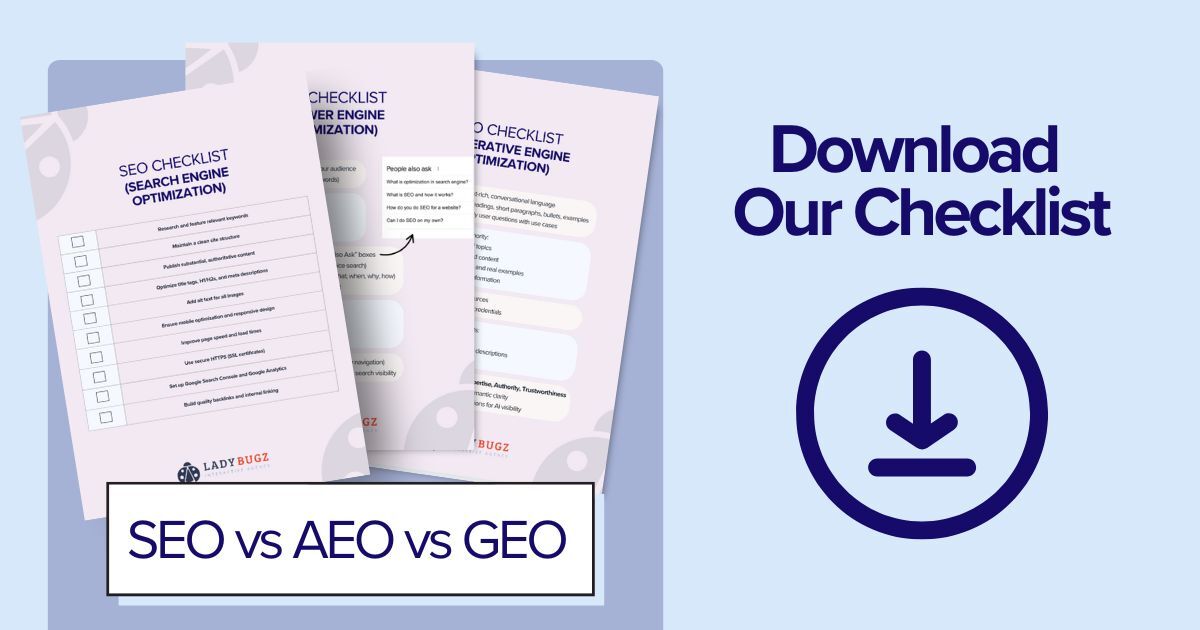
User experience (UX) is the cornerstone of great startup website design
It’s great when visitors come to your site and see a great startup website design. But if your site is difficult to use, it’s unlikely they’ll stick around. A fast site is also critical: 47% of users won’t wait longer than two seconds for a website to load. If your website doesn’t serve their needs, don’t expect them to return.
Remember simplicity. Keep your menus small and logical. While the “3-click rule” has been debunked, it’s still wise to minimize the number of clicks required to reach any page.
Conversion-driven design turns visitors into customers
In website design for startups and established sites alike, a visitor converts when they complete a desired action. Types of conversion include making a purchase, filling out a form, or subscribing to a newsletter.
Three techniques that encourage conversions are:
- Clear calls-to-action (CTAs) placed strategically on key pages, such as “Buy” or “Download Now.”
- Streamlined, easy-to-complete forms for sign-ups, purchasing, etc.
- Standalone landing pages that are designed for a specific goal, such as signing up for a webinar or downloading an ebook. They typically capture leads by asking for an email address (and often other information) in exchange for the landing page’s offering.
Mobile-first for your startup website design and why it matters
Website design for startups must be “mobile-first.” With more than half of users searching by phone, ensure your designer knows how to develop a mobile-friendly experience. In addition, Google now uses mobile-first indexing, making mobile display and functionality an absolute must for page ranking and AI-generated responses. Top tips include using responsive design, easy-to-use touch navigation, an uncluttered user interface and fast page load time.
Choosing the right technology for scalability and security
Your initial startup website design is only the beginning. Adopt a “continuous improvement” mindset and plan for scalability right from the start. Including some of the items discussed above, such as mobile-first design, other crucial tips include:
Hosting:
One of the most critical steps is selecting a reliable host that can accommodate traffic spikes
Integrations:
Technology should enable integrations that connect external systems, tools, applications and other websites.
Flexibility:
Build your website on a flexible platform such as WordPress that can handle increased traffic and new features.
Security:
With hackers and ransomware, people value website security more than ever. Implement HTTPS encryption to protect user data and boost credibility.
SEO Foundations for your startup website design
On both the front-end and back-end, follow the best SEO practices. This includes both traditional SEO for ranking on top of search page results and AI-driven SEO. Some of these tips have been discussed above, as they are reflected throughout the site.
Seven of the key elements for SEO are:
- Leverage technology and content that enables Google to access your webpages (crawling) and accurately store them in a database (indexing).
- Create a logical site structure and use internal linking to help users and search engines navigate your site.Use High-quality, keyword-optimized content that follows E-E-A-T (Experience, Expertise, Authoritativeness and Trustworthiness.
- Ensure fast load times.
- Allow use of integration to seamlessly connect and share information with outside software, systems, or platforms.
- Include proper use of metadata, including titles, descriptions and alt tags.
- Off-page SEO should include structured data (schema markup) code that helps search engines interpret content.
- Analytics and tracking are essential for a startup website design.
Track Performance with Analytics and Optimization
As you’re developing your startup website design, identify the most relevant metrics and how you’ll measure them. Otherwise, it’s impossible to determine how to improve results accurately. Metrics like traffic, bounce rates, conversion rates and page load speed provide invaluable insights. When you use the right metrics, you can make informed decisions about content, design and marketing strategies. You can start with free tools, such as Google Search Console for SEO and Page Speed Insights.
Website design for startups requires accessibility standards
For startups, web design must include accessibility features. Around 15% of the world’s population, approximately 1 billion people, live with disabilities of all types. Think of all the traffic and conversions you lose when you don’t prioritize accessibility features.
The World Wide Web Consortium (W3C) develops globally recognized accessibility standards. Check that your designer develops the site in accordance with the organization’s Web Content Accessibility Guidelines (WCAG). Also check here for Guidance on Web Accessibility and the ADA (American with Disabilities Act).
Ensure legal compliance in your startup’s web design
Make sure your startup website design is legally compliant to avoid fines and penalties. If you are doing business internationally, compliance laws can vary significantly between the US and other countries – especially in terms of data privacy. Here is a basic compliance checklist, but do your due diligence before the site goes live:
- Data Privacy
- Cookies
- Data Security
- Accessibility
- eCommerce Security
- Copyright and Plagiarism
- Content Licensing and Attribution
- Anti-Spam Laws
- Disclaimers
Get the most from your startup website design
Don’t just jump into your startup website design. Set goals and strategies that align with your business goals and provide a positive user experience. Find the right balance between design, content, and functionality. Ensure the underlying technology has the flexibility needed to evolve with your business.
Your website is a significant investment. Partner with a website design company that takes the time to understand your business priorities. Join other startup companies that leverage our team’s creativity, knowledge and experience for success. If you’re ready to design or improve your website, talk to award-winning Ladybugz Interactive.
